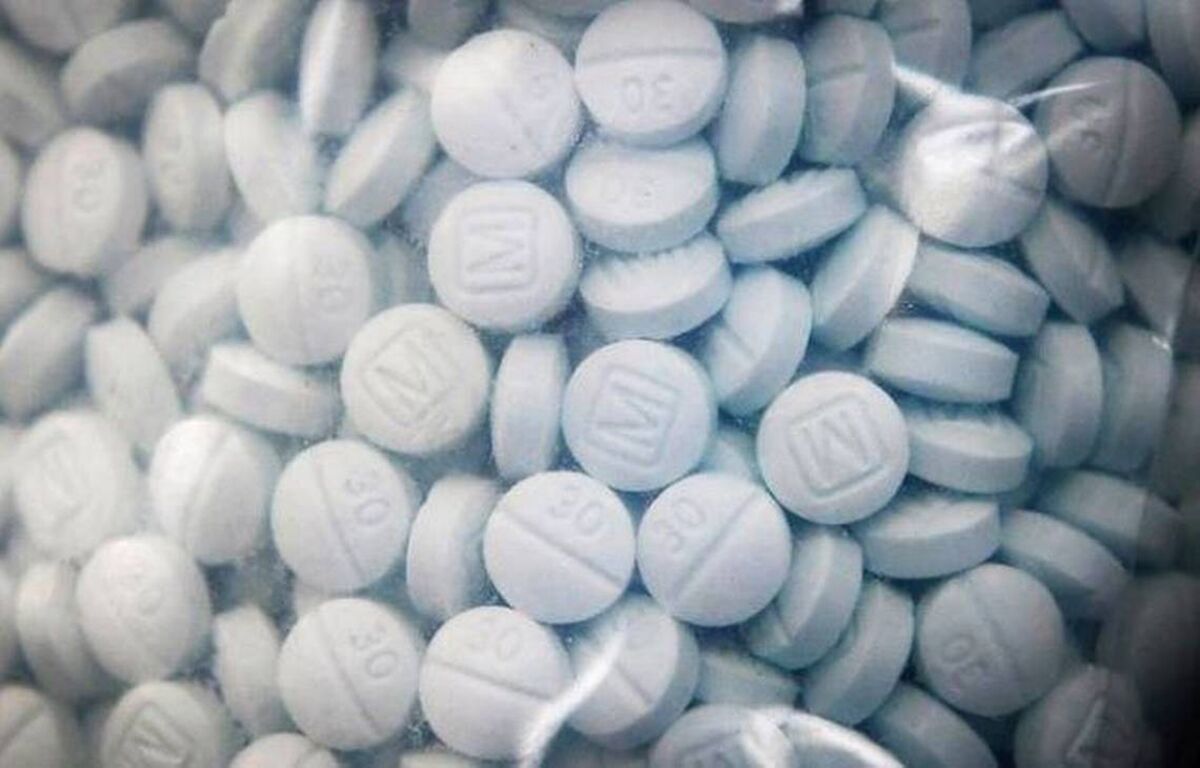Dexedrine Thailand Abuse - How To not Do It
페이지 정보
작성자 Brenda Folse 작성일 24-01-10 14:57 조회 24 댓글 0본문
 Introduction:
Introduction:Dual Diagnosis refers to the co-occurrence of a mental health disorder and a material use condition in someone. These two problems frequently exist simultaneously and may complicate the procedure procedure. This report is designed to offer a thorough overview of Dual Diagnosis, including its prevalence, danger facets, effect on individuals, and available treatments.
Prevalence and Possibility Factors:
Researches suggest that Dual Diagnosis is common, with a significant percentage of people struggling with both mental health and substance use conditions. Research suggests that around 50per cent of individuals identified as having a severe psychological infection have a substance use condition. Furthermore, those with compound usage problems may develop a mental wellness condition than those without such issues.
Several threat elements donate to the development of Dual Diagnosis, including hereditary predisposition, ecological aspects, traumatization, and a person's personal history with mental health or drug detox help thailand - http://.O.rcu.Pineoxs.a@srv5.cineteck.net, abuse. It is vital to address these threat elements through the evaluation and treatment process to make sure efficient care for people with Dual Diagnosis.
Impact on Individuals:
The coexistence of psychological state and substance usage problems can significantly influence an individual's overall well being and lifestyle. Dual Diagnosis frequently contributes to complex and intertwined challenges, including increased rates of hospitalizations, greater suicide prices, poor therapy effects, homelessness, and legal issues. Furthermore, these people may face difficulties within their relationships, employment, and total personal functioning, which further exacerbates their particular scenario.
Treatment Options:
Effectively handling double Diagnosis needs a built-in therapy approach that covers the mental health and material use disorders at the same time. Treatment plans can include:
1. prescription: Psychotropic medicines will alleviate apparent symptoms of mental health conditions. Additionally, medicines specifically made to address substance usage conditions, such as for example opioid replacement treatment or anti-craving medications, could be recommended.
2. Psychotherapy: numerous types of therapy, including Cognitive Behavioral Therapy (CBT), Dialectical Behavior Therapy (DBT), and Motivational Interviewing (MI), are utilized to deal with underlying problems and show coping skills.
3. Support Groups: participating in organizations, such as Alcoholics Anonymous (AA), Narcotics Anonymous (NA), or Dual healing Anonymous (DRA), provides those with a supportive community and assistance in keeping long-term data recovery.
4. built-in Treatment tools: These programs offer extensive and matched treatment by a multidisciplinary team that includes psychological state specialists, addiction professionals, alongside healthcare providers. Built-in programs guarantee holistic treatment and assistance for folks with Dual Diagnosis.
Conclusion:
Double Diagnosis is a complex condition that requires specialized ways to efficiently deal with both psychological state and substance usage disorders. By understanding the prevalence, danger aspects, and influence of Dual Diagnosis, medical experts can better identify and develop appropriate treatment programs for individuals experiencing this problem. Marketing research, raising awareness, and broadening use of integrated therapy programs are necessary tips towards improving effects for many with Dual Diagnosis.

댓글목록 0
등록된 댓글이 없습니다.